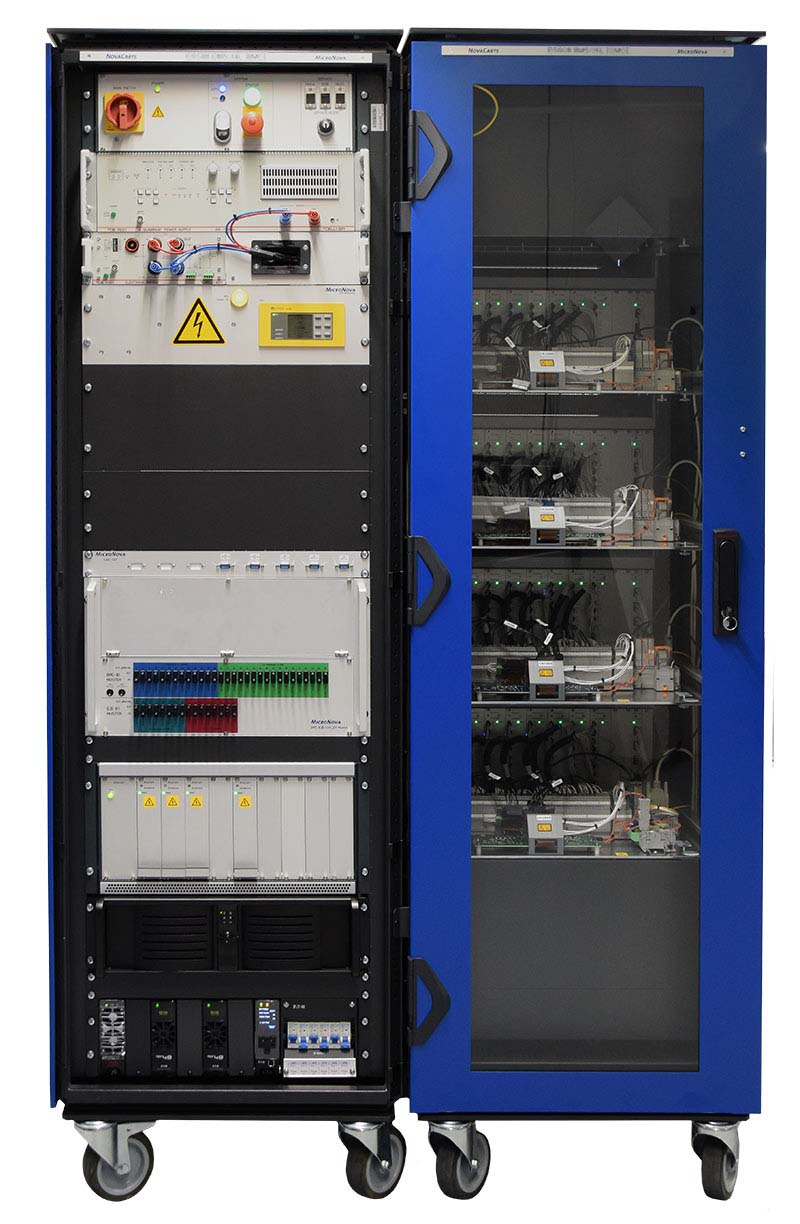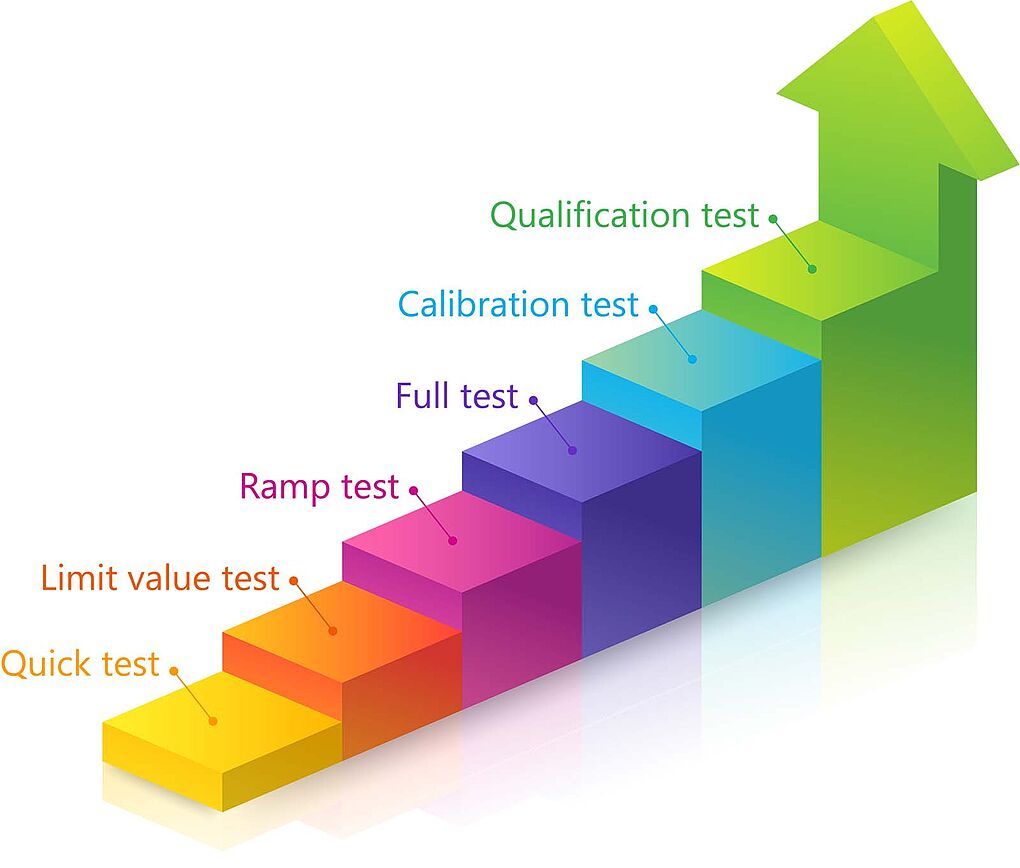Hardware-in-the-loop (HiL) simulators have the challenging task of testing electronic control units (ECUs) for vehicles and ensuring their reliable functioning. The HiL systems themselves are correspondingly complex and are expected to provide highly accurate input and output signals for precise test results.
Validating the functionality of the HiL system before starting a series of tests is therefore essential and serves the purpose of quality assurance. In addition, the documented correct functioning of a test system is also relevant in connection with functional safety requirements.
How a HiL self-test works
The HiL simulators from MicroNova’s NovaCarts family have various channels for electrical excitations and measurements. A self-test checks the function and compliance with accuracy of these channels. When validating ECUs, test automation solutions are usually used to increase efficiency, for example EXAM.
The same procedure is used to validate the HiL itself, offering the advantage that the self-test can be integrated into the test suites of the existing automation. This means it is a simple task for the user to add individual special tests.
Quick test
The quick test checks the response of all channels installed in the HiL system and performs a back measurement of the control unit I/Os. This simple check of the basic functionality of the system allows the test operator to assess the readiness of the test bench. A quick test is usually carried out after ECU conversions or before tests with a very long runtime. Its focus is a quick statement about the basic system status.
Ramp test
The ramp test includes all checks from the quick test and limit value test. In addition to the channel limit values, the value range defined in the data sheet is tested with previously defined interpolation points. The required behavior of the slew rate of individual signals is demonstrated. Individual customer requirements, such as a lower bandwidth or resolution, can also be implemented here.
Qualification test
The qualification test is the highest standard: It uses all tests of the validation scenarios described above. The result is an automatically generated qualification report that can be used to provide evidence in the assessment according to ISO 26262.
All the system tests mentioned can optionally be carried out with various measuring devices already available or included in the HiL system. If required, external measuring hardware can be connected via an additional interface to provide independent values.
The reports on the individual validation scenarios are generated automatically and stored in the customer’s respective test data management system, or they can be exported in various formats.





